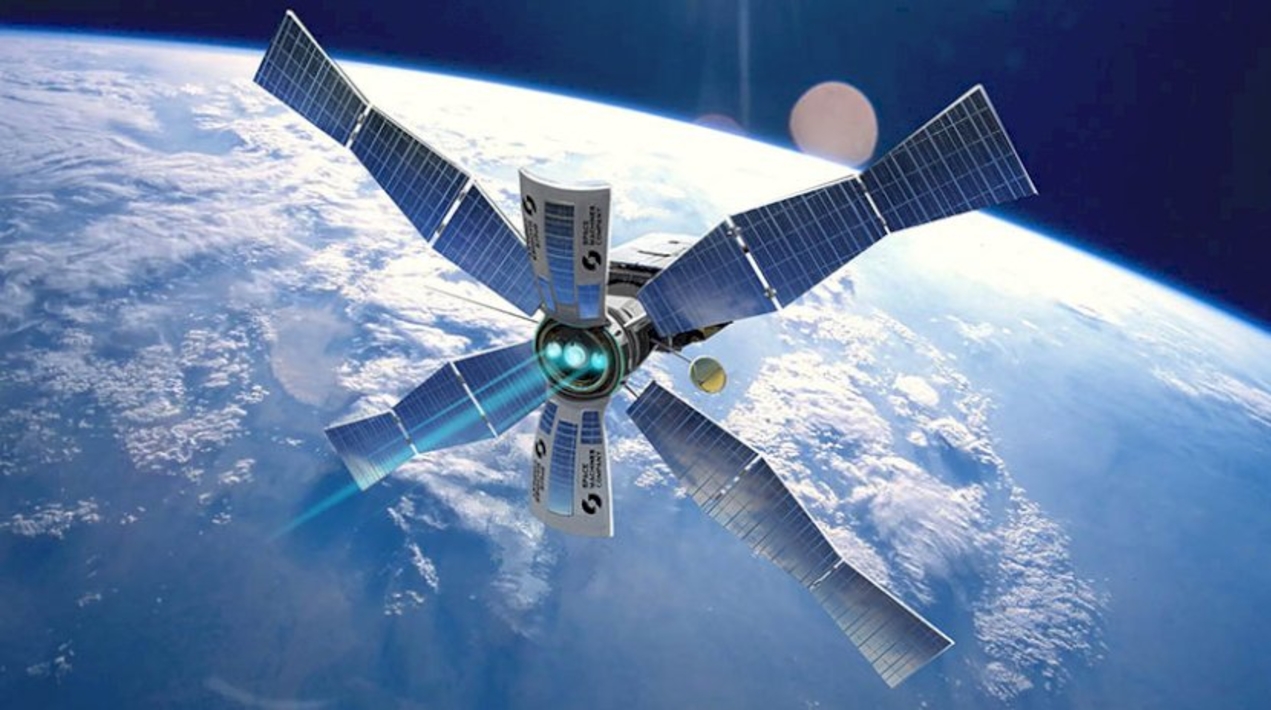
A space infrastructure company and an Australian wildfire intelligence company signed an agreement to send the wildfire intelligence company’s bushfire detection satellite into orbit onboard the space tech firm’s Optimus-1. The ‘space taxi’ provides transport options to companies looking to put satellites into orbit or on the moon or Mars.
Meanwhile, the Co-Founder and CEO of the wildfire intelligence company expressed the importance of having Australia-based transport opportunities for their business. He said that not having to look overseas for launch and in-space transport capabilities reduce cost and complexity for the wildfire intelligence company which translates to better fire protection at a lower cost for Australia.
The Founder and CEO of the space infrastructure company noted that this was a critical investment to protect Australia.
“We are proud to enable this vital and pioneering Australian space technology deployment,” he said. “The fact that three Australian companies are joining to accomplish this vital mission is evidence of a growing sovereign industrial capability in space technology in our country.”
He also noted that space technology has vital real-world applications, and it is important for Australia as a country to build and own the technology that enables the exploration of the possibilities space offers – from deep research for Australia’s scientists to ventures like this that will make the nation more resilient against extreme weather events.
Curbing bushfires using tech
OpenGov Asia previously reported that Australia is aiming to develop a nationally consistent bushfire modelling and prediction capability under an agreement between CSIRO, Australia’s national science agency, and AFAC, the National Council for Fire and Emergency Services.
The joint effort entails the development of Spark Operational – a cutting-edge bushfire simulation tool based on CSIRO’s ‘Spark’ fire prediction platform. Fire and emergency services agencies across Australia will be able to use Spark Operational which provides bushfire prediction capabilities across borders and over different landscapes.
CSIRO’s Spark platform merges its existing knowledge of fire behaviour with state-of-the-art simulation science. The potent combination is designed to produce predictions, statistics and visualisations of bushfire spread, as well as simulating hours of fire spread across a landscape in a matter of seconds.
AFAC’s Fire Prediction Services Group will collaborate with CSIRO to improve existing technology. Together they aim to build a national system that allows for consistent bushfire predictions that will support emergency service and response teams across borders.
CSIRO Chief Executive Dr Larry Marshall accepted that 2020 changed the game forever, and to stay abreast, the agencies were deploying new science and technology to protect firefighters and Australian communities.
In January 2021, OpenGov Asia also reported that The NSW Department of Customer Service’s Spatial Services division has teamed up with the CSIRO’s Data61 to make the state government’s Digital Twin available to assist emergency services in developing effective emergency management strategies.
The Digital Twin Visualisation Service, developed in collaboration with Data61, will be updated with a new 3D spatial dataset mapping the locations of telecommunications towers and critical assets across NSW.
This new dataset will be used to enable emergency services to better protect these vital locations before and during a disaster. The new capability has been developed in response to the NSW Independent Bushfire Inquiry, which identified the loss of connectivity as one of the recurring issues faced during the devastating last bushfire season.
The enquiry found that the reliable sharing of critical infrastructure, telecommunications and spatial information will be a key component to preventing a similarly devastating summer in 2020–21.
The Digital Twin Visualisation Service leverages Data61’s deep strength in web-mapping and visualising data in 4D (3D + time, which is the ability to look forward and back in time) to build a real-world digital twin that can help protect communities and assets in times of need.
















